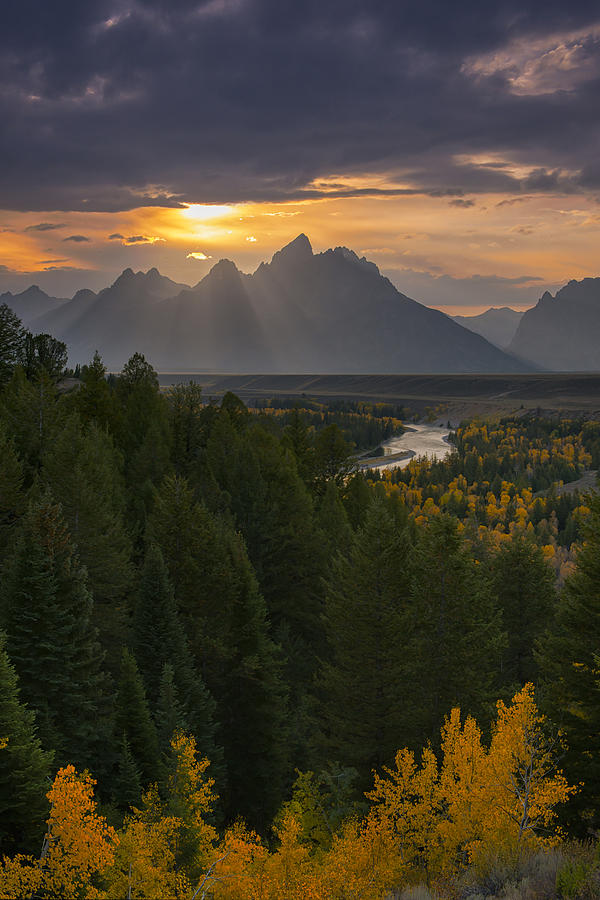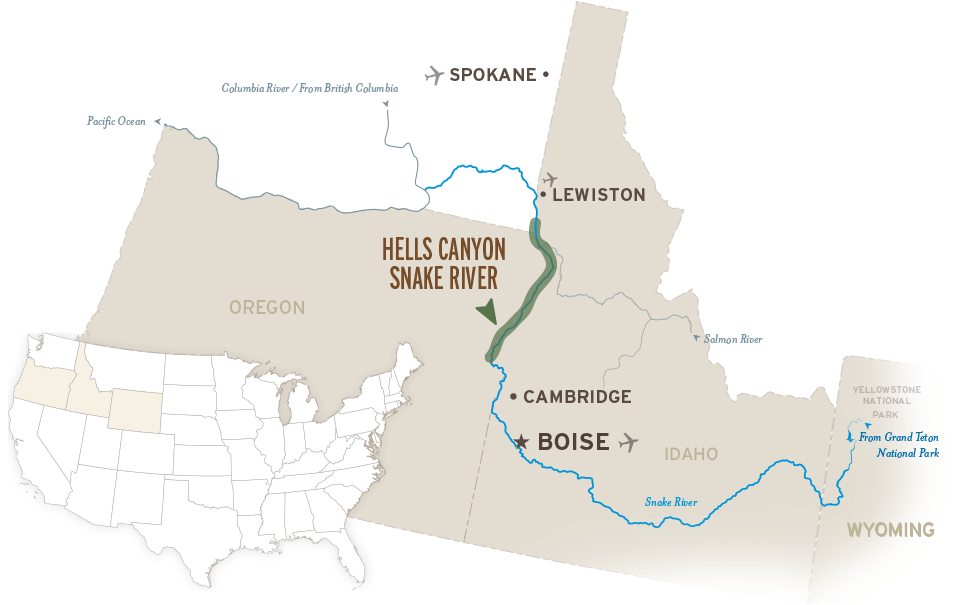

The Salmon River’s high elevation habitat is likely to continue to be productive even in the face of climate change, but only if impacts of the four lower Snake dams – which heat up and slow down the river and provide refuge for predator fish that eat young salmon – are significantly reduced.īefore removing the four lower Snake River dams, the services they provide must be replaced with cost effective alternatives. The best available science concludes that removing these outdated dams and restoring a free-flowing lower Snake River would allow for the restoration of healthy, fishable salmon and steelhead runs to the largest potential block of healthy salmon habitat remaining in the lower 48 states. A free-flowing river, on the other hand, would allow salmon and steelhead quicker, safer access to high elevation habitat that is expected to remain hospitable for these fish even with substantial warming. If the dams remain in place, global warming could push the Snake River’s remaining wild salmon runs to extinction. Climate change is already affecting runoff patterns in the Columbia basin, causing mountain snow to melt earlier in the spring, which leads to lower summertime flows and higher summer water temperatures. The system of dams and reservoirs kills 50 to 80 percent of juvenile salmon and steelhead as the fish make their way downstream to the ocean.
#Isnake river full
The Lower Granite, Little Goose, Lower Monumental, and Ice Harbor dams create a hostile gauntlet of deadly turbines and warm, stagnant reservoirs full of hungry predators that have caused dramatic declines in the Snake River’s salmon runs. Army Corps of Engineers dams and 140 miles of slack water reservoirs prevent salmon from migrating to and from the high-elevation spawning and rearing habitat in central Idaho, northeast Oregon, and southwest Washington. The fish returning to the headwaters of Idaho’s Salmon River spawn at higher elevations than any other salmon and steelhead in the world.įour U.S. They then head out to sea, and after several years return to their natal rivers to spawn, an inland journey of more than 900 miles. Snake River salmon and steelhead begin their life’s journey high in the mountains of central Idaho, northeast Oregon, and southeast Washington.

Today, these species are either extinct or threatened with extinction, as the most extensive freshwater salmon habitat in the lower 48 states is upstream of the four dams on the lower Snake. More than two million wild salmon and steelhead once returned to spawn in the Snake and its tributaries each year. The Snake River basin once produced about half of all spring chinook salmon returning to Columbia basin rivers. A rare salmon fishing season in 2001 generated $90 million in economic impacts in Idaho, an amount that would more than double if wild salmon and steelhead are restored to the population levels of the 1950s. It also supports a vibrant recreation industry. It is the Columbia’s largest tributary, an important source of irrigation water for potatoes, sugar beets, and other crops. The river then enters Washington and flows west to the Columbia River. The Snake River originates in Wyoming and arcs across southern Idaho before turning north along the Idaho-Oregon border.


 0 kommentar(er)
0 kommentar(er)
